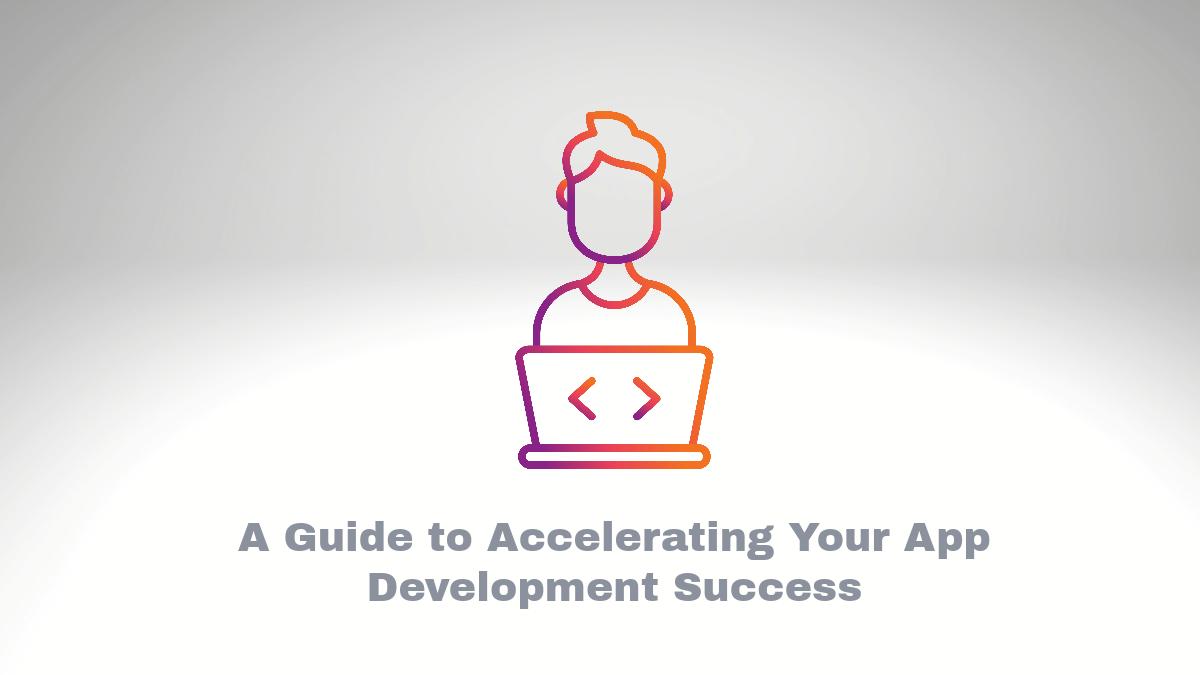Big Data in Your Business: Why is Actual?
As businesses grow, there is more data to process and analyze quickly. In the past, analytical departments handled this, but now data analysts do. Big data can optimize almost all aspects of a business. Today, we will discuss how data science can help companies and why it should be implemented.
What is Big Data?
Big Data is a term behind which lies colossal data warehouses and an extensive network around them. At first glance, this may seem nothing special and complicated, but it will be a mistake. So Big-data implies a vast number of algorithms and processes that work not so much to collect data but to process it and convert it into specific indicators by extracting precious information.
Big data is a tool that helps the analytical department. It allows for instant collection and processing of data. Big data is used in marketing, production optimization, and resource management. Predictive analytics is a feature of big data that collects and processes information not only from the past, but also in real-time. Let’s discuss it further.

Big Data predictive analytics
Big Data is a complex system that requires fine-tuning, thanks to which you can collect the necessary data and transform it into accurate indicators. As we said earlier, this all happens automatically in real-time, and now let’s take a closer look at the process of collecting data and processing it:
- Collection of up-to-date data. This is the very beginning, it is at this stage that all the necessary information is accumulated.
- 2.Clean&organization. In addition to collecting data, they need to be “filtered.” After gathering relevant information, Big Data independently selects all the necessary information.
- Analysis & visualization of results. Immediately after collection and cleaning, the main work of the system begins. Then, Big Data processes all the information received and transforms it into numbers, metrics, and other indicators.
After the metrics are obtained, you will have an accurate picture of the company’s state of affairs. In general, Big Data can be used regardless of the specifics of the business and its goals. Having dealt with the algorithm, we can move on to a more complex issue – varieties of data analysis.
Types of Big Data Analysis
Big Data analysis can be divided into three types, each suitable for specific tasks and needs. All the examples below can function both separately and together. So let’s not waste time and get started!
Types of Big Data Analytics Divided into:
- Descriptive. Analytics describing the received data include summaries, graphs, tables, etc.
- Diagnostics. A type of analytics, thanks to which you have the opportunity to determine events or phenomena and find a connection between them. This type of analytics is used to find problems in the business.
- Predictive. This type uses statistics and machine learning to predict potential trends. Then, it is used to draw up a plan of action in various situations.
- Prescriptive. Consolidating type of analytics that uses the received data from all previous ones. Often this is what is used to plan and make the right decisions.

Now, knowing about the types of work, you can move on to the topic of no less importance – the choice of Big Data applications.
How to choose applications of Big Data analytics?
When you implement Big Data in your business, it is essential to choose the type of analysis and the application your team will work with in the future. To choose the right one, we recommend following the further plan:
- Step 1. Define a goal. Set goals as detailed as possible and know what you need to achieve. Implementing Big Data is costly, therefore, formulating a plan in advance, for example – increasing sales or the number of leads.
- Step 2. Identify the relevant data. Identifying relevant information is important when setting business objectives. This information can come in various forms such as structured and unstructured data, including customer, social media, and sales data.
- Step 3. Determine the analytics tools needed. Selecting the suitable analytics tools is integral to proficient data analysis. Depending on the business requirements, these tools may encompass data visualization, statistical analysis, machine learning, or predictive modeling.
- Step 4. Assess the resources required. Before implementing any Big Data analytics application, evaluating the resources needed, such as hardware, software, and personnel, is necessary. This will assist in assessing the practicality and expandability of the application.
- Step 5. Choose the appropriate analytics application. Before deploying a Big Data analytics application, it is essential to assess the required resources, including hardware, software, and personnel. This will aid in evaluating the feasibility and scalability of the app.
Following the step-by-step instructions, you can easily integrate Big Data apps into the required industries. And now, let’s summarize and answer the possible question, “Why do I need it?”.
Why is Big Data essential?
Big Data is one of the most effective and powerful tools for working with data. It is difficult to overestimate the opportunities opening up after implementing the desired Data analysis type. So, for example, you can better understand the actions of buyers or easily and quickly analyze how much time users spend on your site.
We are not talking about such apparent applications as big data real estate, finance, healthcare, etc. As mentioned above, bloated analytical departments are no longer needed today. They can be replaced by a team of experienced data scientists, analysts, and developers.
Remember that you should only contact specialists for development and implementation. This is because setting up the entire infrastructure for such systems is a complex process that requires experience.




Comments